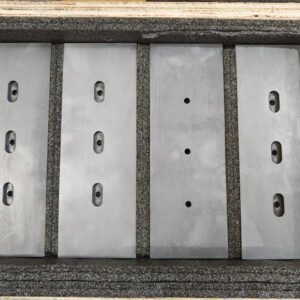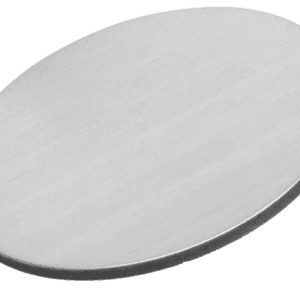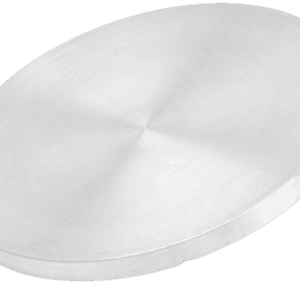Tantalum Titanium Sputtering Target Description
Discover the exceptional qualities of Tantalum Titanium sputtering targets and their wide-ranging applications. This page highlights the unique properties and potential uses of Tantalum Titanium in thin film deposition across various industries.
Tantalum: Enduring Corrosion Resistance
Tantalum is a rare, lustrous transition metal known for its exceptional corrosion resistance. As part of the refractory metals group, it is frequently used in alloys and serves as a substitute for platinum in laboratory equipment. Tantalum sputtering targets are widely utilized in the production of integrated circuits and Thin Film Transistor Liquid Crystal Displays (TFT-LCDs).
Titanium: Versatility in Excellence
Titanium is a lustrous, silver-colored transition metal renowned for its low density, high strength, and resistance to corrosion in harsh environments such as seawater, aqua regia, and chlorine. Titanium sputtering targets are crucial in applications including CD-ROM production, decorative finishes, flat panel displays, functional coatings, optical information storage, glass coatings, and optical communication.
Related Products: Tantalum Sputtering Target, Titanium Sputtering Target.
Tantalum Titanium Sputtering Target Specifications
| Specification | Details |
|---|---|
| Material Type | Tantalum Titanium |
| Symbol | Ta/Ti |
| Color/Appearance | Metallic solid in various forms including powder, sputtering target, foil, bar, plate |
| Available Sizes | Dia.: 2.0″, 3.0″, 4.0″, 5.0″, 6.0″, Thick: 0.125″, 0.250″. Custom shapes and sizes available on inquiry. |
| Packing | Targets are tagged and labeled externally for identification and quality control. Careful handling during storage and transportation. |
Tantalum Titanium Sputtering Target Applications
- Thin Film Deposition: Tantalum Titanium sputtering targets are essential for creating thin films used in integrated circuits, TFT-LCDs, and other advanced technologies.
- Coating Excellence: These targets enhance the quality of CD-ROMs, decorative finishes, and functional coatings for optical storage and communication.
- Innovations Unleashed: Tantalum Titanium targets support progress in semiconductor technologies, CVD, PVD, and optical applications.
Tantalum Titanium Sputtering Target Advantages
- Unyielding Corrosion Resistance: Tantalum Titanium’s exceptional corrosion resistance boosts the durability and effectiveness of thin film depositions.
- Versatile Applications: Its diverse applications, from advanced displays to optical communication, highlight the adaptability of Tantalum Titanium sputtering targets.
- Innovative Potential: Utilizing Tantalum Titanium targets drives advancements in various high-tech industries.
Explore the potential of Tantalum Titanium Sputtering Targets and harness their exceptional properties for groundbreaking applications. Contact us today to discover customized solutions that drive your innovation forward.





Reviews
There are no reviews yet.